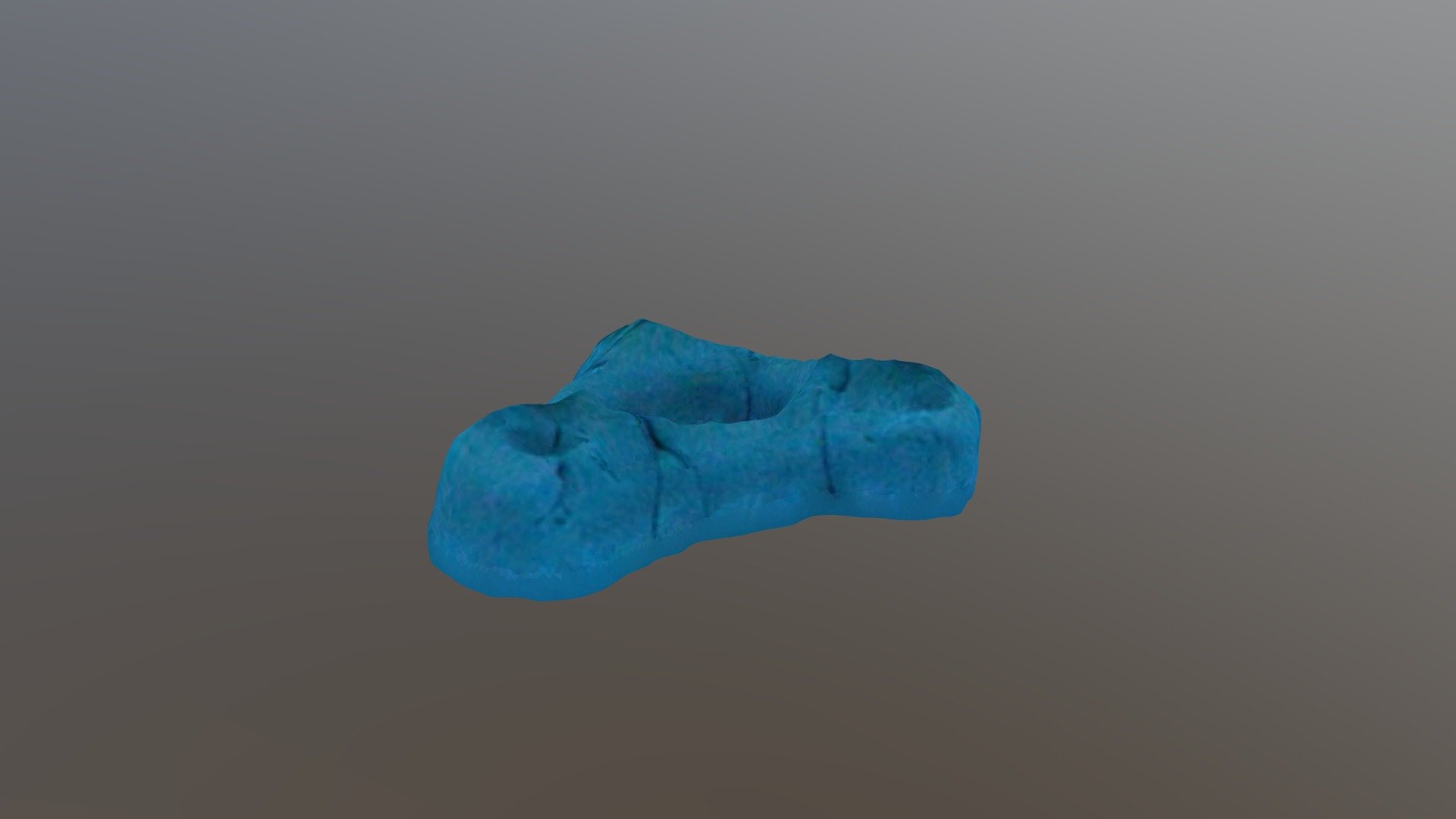
Nemaha - Wyatt Fulton
sketchfab
The human body is a remarkable machine that has been perfected over millions of years through evolution. Its intricate systems work together seamlessly to keep us alive and functioning at optimal levels. The human brain, often referred to as the control center, is responsible for processing information, controlling movements, and managing various bodily functions. It is estimated that the average adult human brain contains approximately 100 billion neurons, each connected to thousands of others through complex networks. The heart pumps blood throughout the body, supplying vital organs with oxygen and nutrients while also removing waste products. This essential function is performed by the heart muscle, which contracts and relaxes around 100,000 times per day. The human immune system plays a crucial role in protecting us from pathogens and diseases. It consists of various components, including white blood cells, antibodies, and lymphoid organs, all working together to fight off infections. Human skin is not just an outer layer; it also serves as a vital organ that helps regulate body temperature, protects internal organs, and aids in the production of vitamin D through exposure to sunlight. The human sense of touch allows us to perceive and interpret sensations from our environment, including textures, temperatures, and pressures. This complex system involves specialized nerve endings and sensory receptors that send signals to the brain for processing. Human hearing enables us to detect a wide range of sounds, from low rumbles to high-pitched frequencies. The ear's intricate structure includes the eardrum, middle ear bones, and cochlea, all working together to convert sound waves into electrical signals sent to the brain. Human vision allows us to perceive and interpret light, colors, and shapes in our surroundings. The eye's complex anatomy involves the cornea, lens, retina, and optic nerve, all working together to focus light onto the retina for processing by the brain. The human sense of taste enables us to detect a variety of flavors and textures in food and drinks. This complex system involves specialized taste buds on the tongue and elsewhere in the mouth that send signals to the brain for interpretation. Human smell allows us to detect a wide range of odors, from pleasant fragrances to unpleasant smells. The olfactory system involves specialized nerve endings in the nasal cavity that send signals to the brain for processing and interpretation. The human body's ability to move and perform physical activities is made possible by its skeletal system, which provides support and structure. The 206 bones in the adult human skeleton work together with muscles, tendons, and ligaments to facilitate movement and maintain posture. Human reproduction involves the complex process of fertilization, where a sperm cell meets an egg cell to form a zygote. This initial stage is followed by embryonic development, fetal growth, and eventually birth. The human body's ability to heal itself after injury or disease is facilitated by its repair mechanisms. These processes involve inflammation, scarring, and tissue regeneration, all working together to restore damaged areas. In conclusion, the human body is a remarkable machine that has been perfected over millions of years through evolution. Its intricate systems work together seamlessly to keep us alive and functioning at optimal levels.
With this file you will be able to print Nemaha - Wyatt Fulton with your 3D printer. Click on the button and save the file on your computer to work, edit or customize your design. You can also find more 3D designs for printers on Nemaha - Wyatt Fulton.
